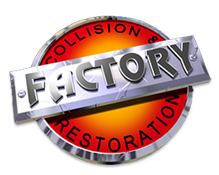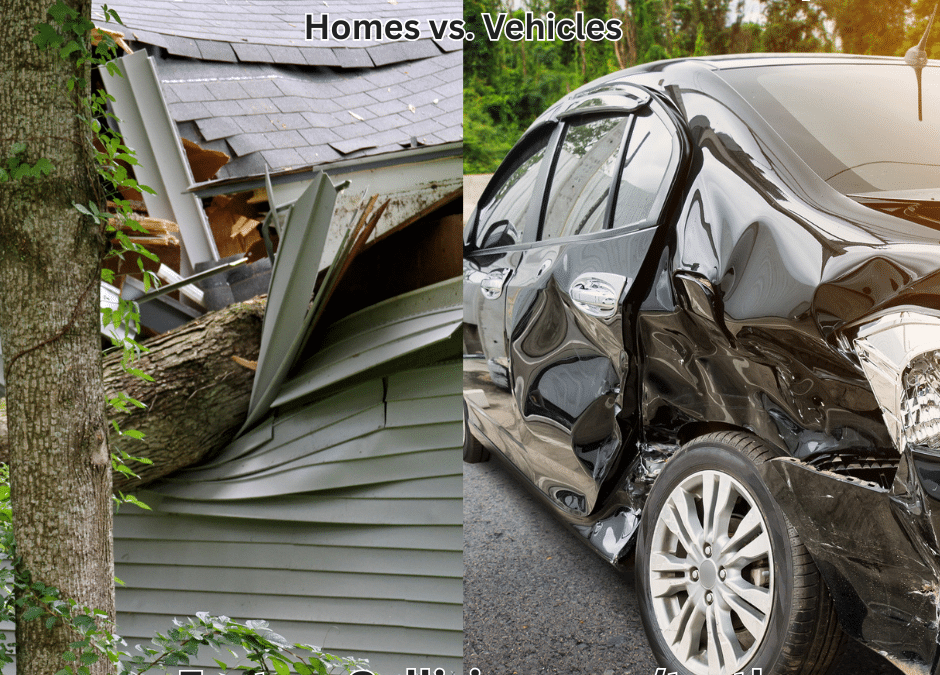The Unequal Standard of Insurance-Funded Repairs: Homes vs. Vehicles
Overview:
Homeowners and vehicle owners both rely on insurance coverage to restore property after damage. However, a clear and dangerous disparity exists in how insurance companies handle repair claims. While home repairs are legally required to meet current building codes, auto body repairs are frequently denied coverage if they follow OEM (Original Equipment Manufacturer) repair procedures. This article explores this contradiction, the consequences for consumers, and the need for reform.
- Introduction: A Tale of Two Policies
In the U.S., it is common practice for insurance companies to pay for home repairs in compliance with local building codes. Whether replacing a roof or restoring flood damage, insurers are legally required to fund repairs that meet current safety and performance standards. Conversely, in the collision repair industry, auto insurers often reject claims when repairers adhere to OEM procedures—repairs designed by the manufacturer to ensure safety and performance. This contradiction creates a two-tiered system that jeopardizes driver safety. - Homes: Repairs Must Meet Modern Safety Codes
Most states mandate that homeowners’ insurance policies include coverage for “law and ordinance upgrades” or provide optional riders that require repairs to meet current building codes. According to the Insurance Information Institute (2023), around 70% of U.S. states require coverage for code upgrades in some form.
Example: If a storm-damaged home has an outdated electrical system, insurers must pay for the updated materials and labor necessary to meet current code. The goal is to restore the home safely—not simply to its pre-loss condition, but to current legal standards.
III. Vehicles: OEM Procedures Often Denied
Unlike homes, vehicles do not enjoy the same legal protections for repair standards. In a 2023 national survey by the Society of Collision Repair Specialists (SCRS), over 80% of collision repair shops reported that insurers frequently deny payment for procedures listed in OEM repair guidelines. These include essential operations like pre- and post-repair scanning, weld testing, ADAS calibrations, and the use of OEM replacement parts.
Manufacturers like Honda, Ford, Toyota, and Tesla publish detailed OEM repair procedures to ensure vehicles are restored to crash-tested safety standards. Yet insurers often substitute cost-cutting alternatives, putting repairers and consumers in a bind.
- The Consequences: Cost and Safety
Consumers are caught between safety and affordability. If they follow the insurer’s path, they risk:
- Improper ADAS (Advanced Driver Assistance Systems) calibration, which may render safety features like automatic emergency braking or lane-keeping assist inoperable.
- Use of counterfeit or salvage parts that compromise crash performance.
- Structural weaknesses in crumple zones, frame integrity, or restraint systems.
Alternatively, if consumers demand OEM-compliant repairs, they may be forced to pay hundreds or even thousands of dollars out of pocket—above their deductible. A 2022 report by Collision Advice found that the average shortfall between insurer-paid repairs and OEM-compliant repairs is $850 per claim.
- A Call for Parity: Legal and Policy Reform
The collision repair industry has consistently advocated for the recognition of OEM repair procedures as standard. Several states, including Texas, Massachusetts, and Rhode Island, have introduced or passed legislation requiring insurers to honor OEM procedures when listed.
Still, national standards are lacking. In contrast to the building code mandates for home repairs, there is no federal requirement that insurers cover manufacturer-recommended vehicle repairs.
Recommendations:
- Enact state legislation that mandates insurance coverage for OEM repair procedures.
- Increase consumer education on the importance of OEM-compliant repairs.
- Support shops that follow OEM guidelines through better reimbursement practices.
- Establish industry-wide standards similar to building codes in the construction industry.
- Conclusion
It is illogical—and unsafe—that homes are repaired to modern codes while vehicles, which protect human lives in high-speed environments, are not. The refusal of insurers to fund OEM-specified auto repairs creates an unacceptable safety risk and economic burden for American drivers. Consumers deserve the same standard of safety and care for their vehicles as they do for their homes.
Sources Cited:
- Insurance Information Institute. (2023). Homeowners Insurance and Building Code Upgrades.
- Society of Collision Repair Specialists (SCRS). (2023). National Collision Repair Industry Survey.
- Collision Advice. (2022). Insurance Shortfalls on OEM-Compliant Repairs.
- OEM Position Statements: Honda, Ford, Toyota, Tesla.
Prepared by:
Factory Collision & Restoration
Date: June 2025

